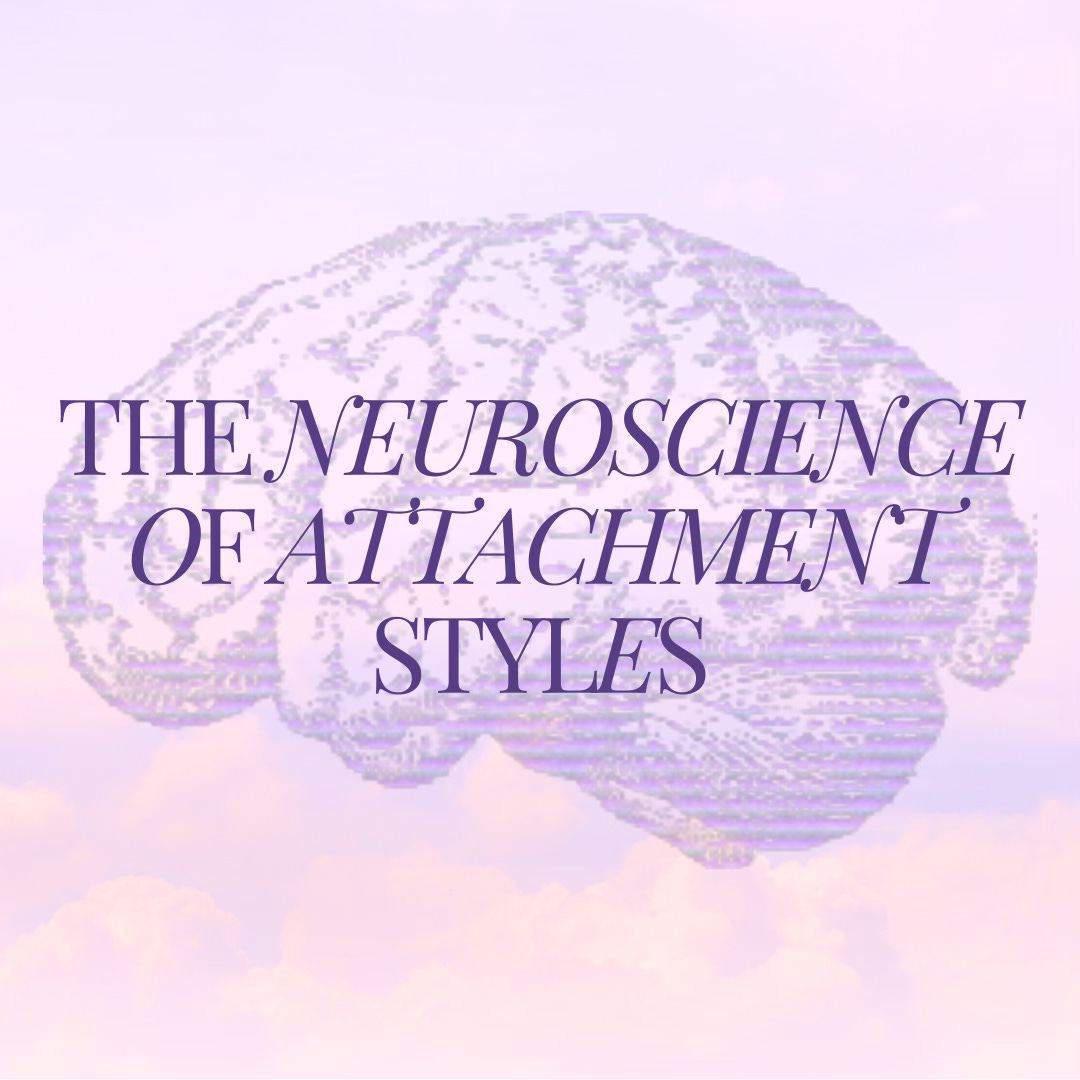The Intricate Link Between Neuroscience & Attachment Styles
Examining How Our Brains Shape How We Love & Navigating Attachment Styles Through The Lens Of Neuroscience
Attachment is a fundamental aspect of human relationships, and it plays a crucial role in our emotional and social development. Attachment styles are patterns of behavior and emotions that individuals develop in response to their early experiences with caregivers. Recent research in neuroscience has shed light on the brain structures and processes that underlie attachment styles. In this article, we will explore the brain structures and neuroscience in attachment styles.
Keep reading with a 7-day free trial
Subscribe to The Happiness Clinic Mental Health Blog to keep reading this post and get 7 days of free access to the full post archives.





